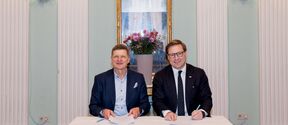Empathy: Design in a Social Context
Reaching out to non-human stakeholders
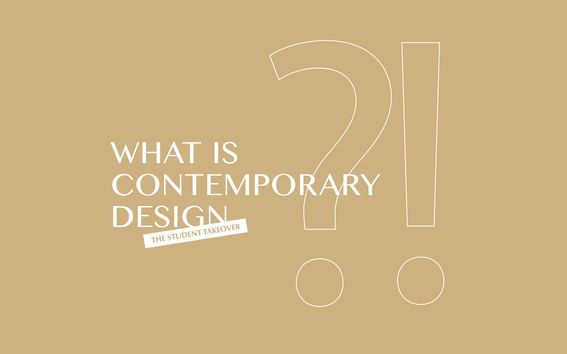
Designing is a poetical and political act that changes a situation to a preferred one.
But how do we know what is preferred, and for whom? What should we affirm and what should we challenge through our actions? Where will all this lead us?
We know that if we want to have a future at all, we need to develop other ways of being in the world and to critically reflect on attitudes and approaches we take for granted.
The new MA Contemporary Design combines material-led design with critical and conceptual thinking practices. The programme aims to understand the extended scope of design and to position student work within the ongoing discourse.
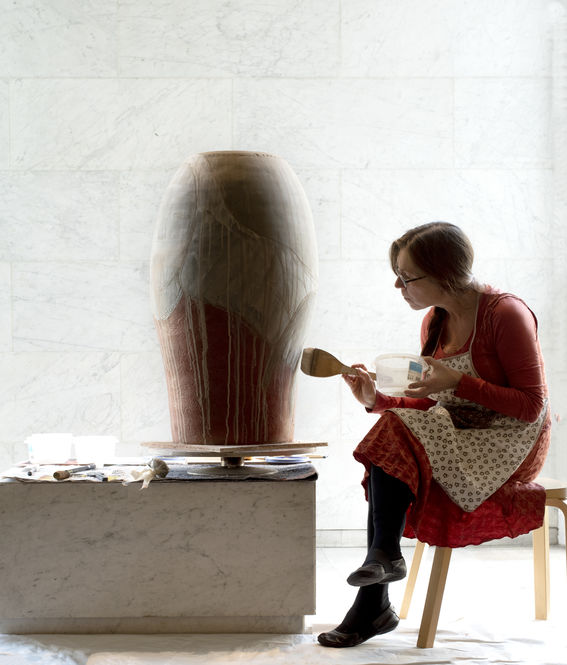
To understand what we need to change and how to do so, we need to extend our awareness in two directions:
We value processes—drawing, prototyping, experimenting and making—for their reflective potential as much as for their material outcomes. We learn skills to enable us to manipulate established and new materials, bringing contemporary relevance to traditional craft processes and updating them with 21st-century technologies.
Through transdisciplinary design, we can interweave knowledge from various fields, and raise questions and not wait until we have found answers to speak. We can translate tacit and fleeting experiences into resonant pieces that engage others in discourse.
We unpack the complexities of what surrounds us so that we understand how our actions affect these situations. We narrate the stories that help us make sense of the complexities of the 21st century. This enables us to find ways to be more benign towards the world we depend upon.
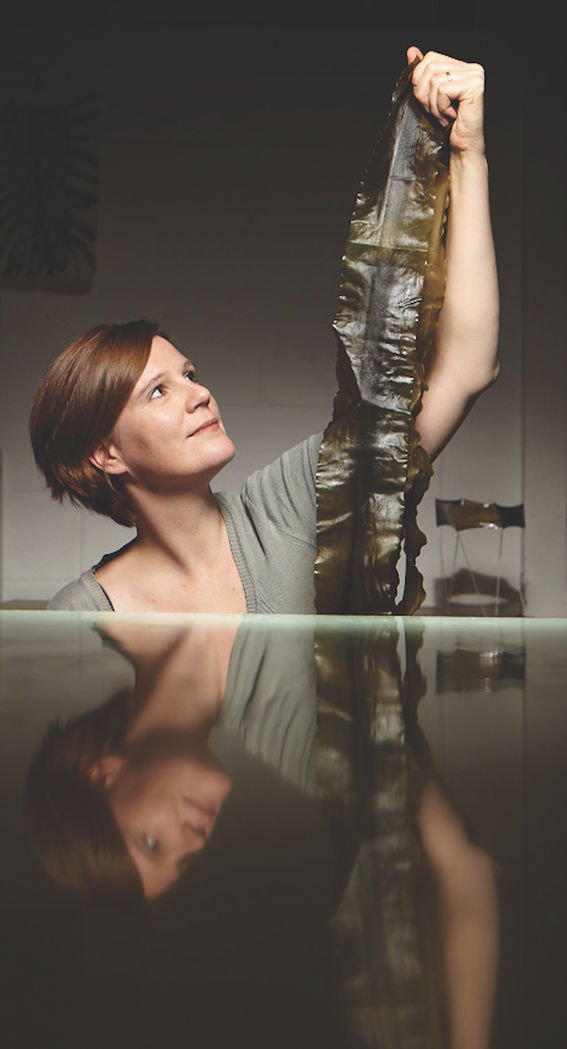
The Curating and Storytelling course created three visual and textual essays about the first academic year of the MA Contemporary Design. The course adopts the programme’s pedagogical concept in which we combine thinking and making with acting and reflecting as drivers for discovery. The learning often takes place in studio contexts and on excursions where the students are immersed with all senses in processes of making.
We asked students to reflect on the issues, ideas and practices they engaged with throughout the year. In the following three examples, the students share their understanding of the extended field of contemporary design in a ‘text in progress’ that gives a glimpse into the multi-vocal practices and cultures of discourse that shapes our programme.
We also reflect on two ongoing exhibitions the students contributed to, both concerned with the ways we as humans have neglected the wellbeing of our environment: The Working with Soil Project that took place in the context of Venice Biennale during summer 2019 (8 May until 28 August) and the Critical Tide exhibition that was exhibited in the Design Museum Helsinki in autumn 2019 (6 September until 27 October).
Text:
Maarit Mäkelä
Associate Professor, Practice-led Design Research, Department of Design
Julia Lohmann
Professor of Practice, Contemporary Design,
Department of Design
At a time of deep ecological crises, Critical Tide will open our eyes to the urgent issues our oceans face and showcase creative ways of intervening.
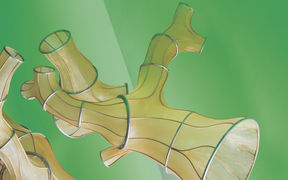
A multidisciplinary research project that addresses the ecological consequences of the human footprint through ceramic art. The exhibition is a part of Venice Biennale during summer 2019.
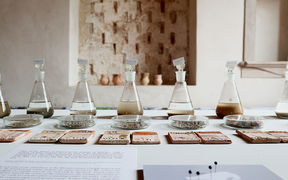

Concept, (non)manifesto, and facilitation by contemporary design MA students.
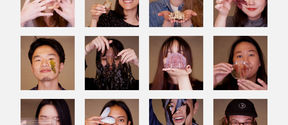
Reaching out to non-human stakeholders

Contemporary design students spent a week in Venice setting up the exhibition and gathering soil samples for the research.
Aalto University UNFOLDED magazine focuses on contemporary issues dealing with creativity, experimentation, and transdisciplinary co-creation.


